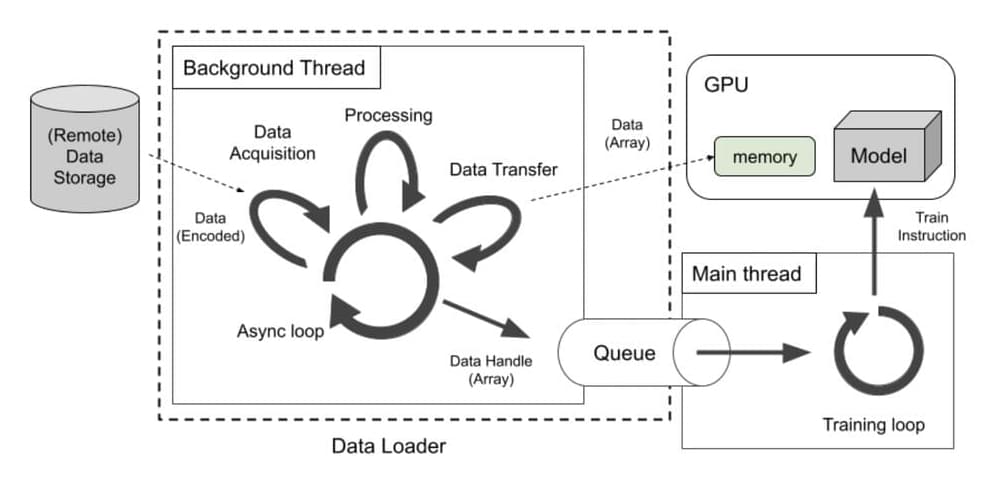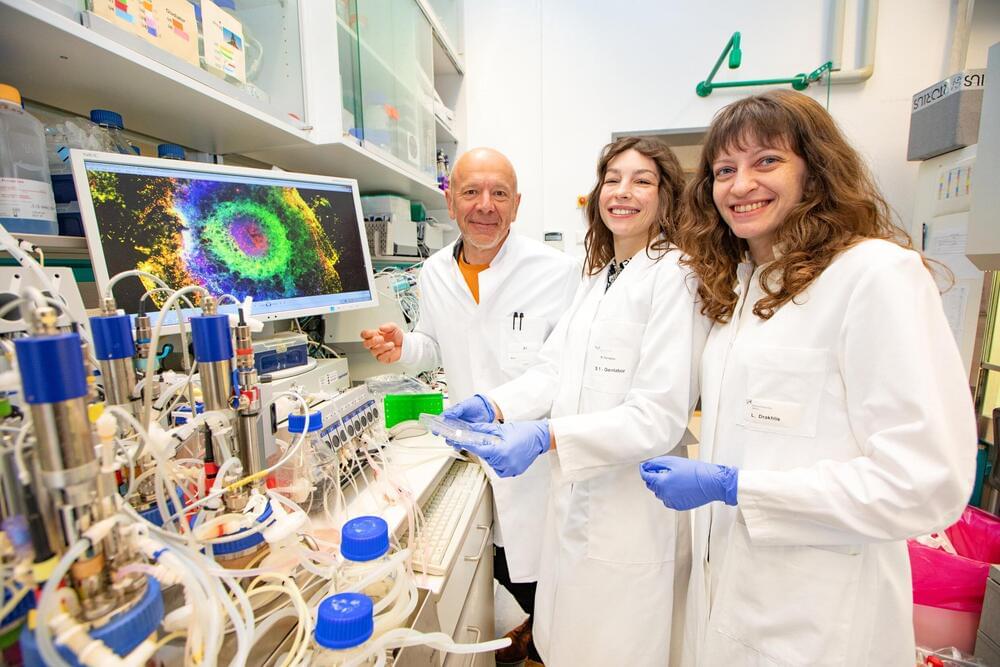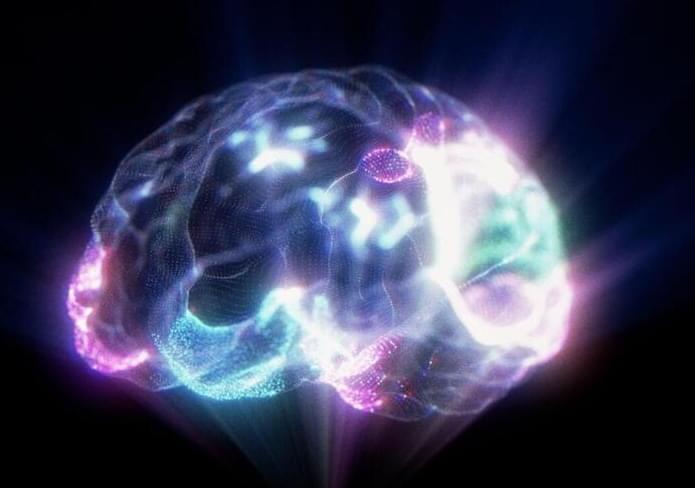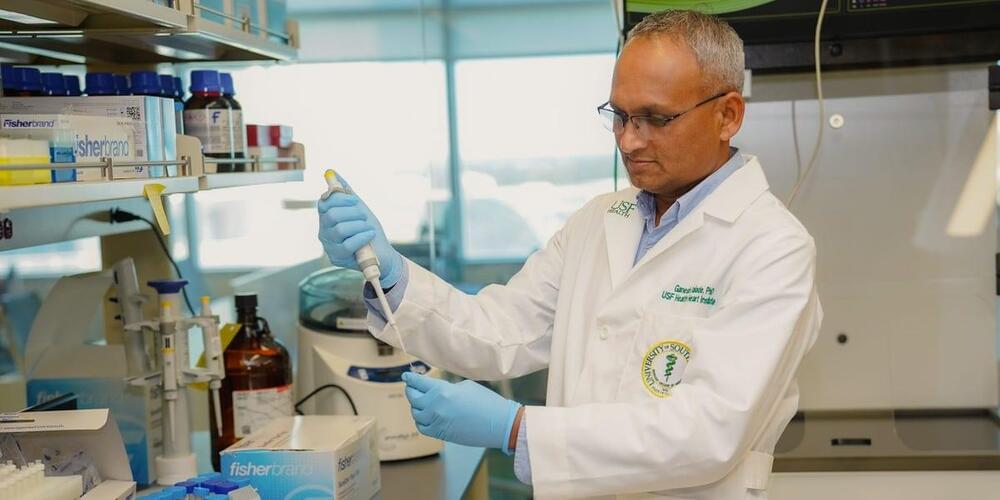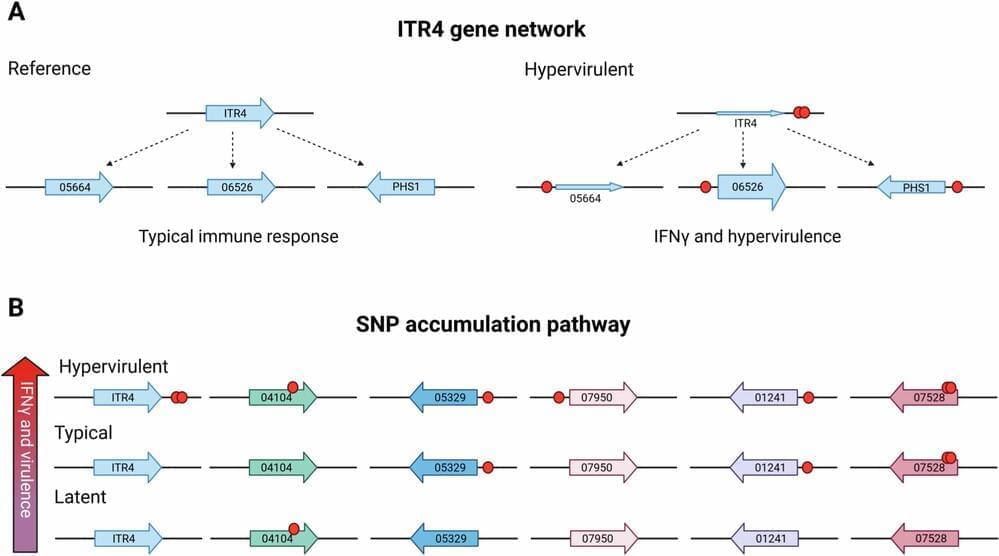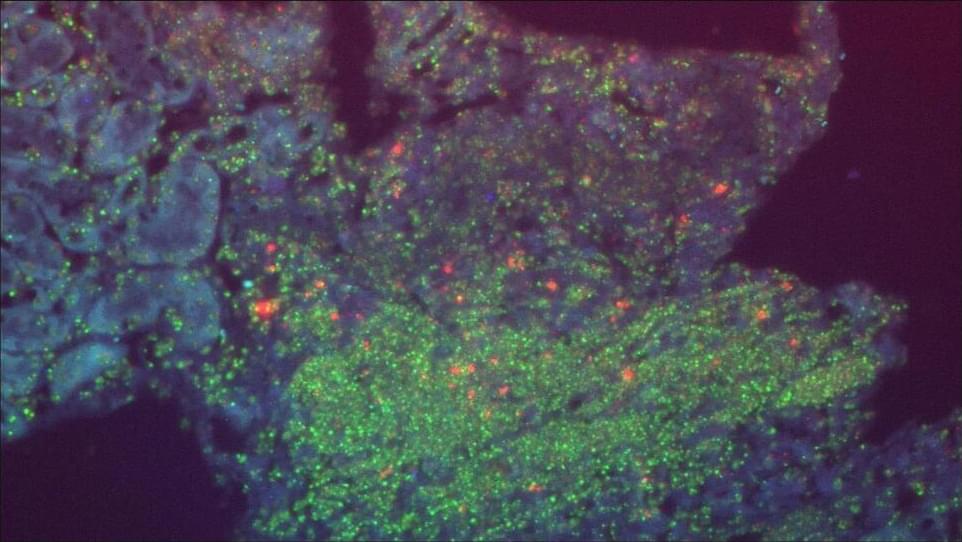By studying ancient, supermassive black holes called quasars, MIT PhD student Dominika Ďurovčíková is illuminating an early moment in the universe, when the galaxies could first be observed.
MovieNet mimics the brain to analyze dynamic scenes with exceptional accuracy.
By simulating how the human brain processes a moving world, Scripps researchers have reached a breakthrough in AI as current models only recognize still images.
Meta AI Introduces SPDL (Scalable and Performant Data Loading): A Step Forward in AI Model Training with Thread-based Data Loading
Posted in robotics/AI | Leave a Comment on Meta AI Introduces SPDL (Scalable and Performant Data Loading): A Step Forward in AI Model Training with Thread-based Data Loading
Training AI models today isn’t just about designing better architectures—it’s also about managing data efficiently. Modern models require vast datasets and need those datasets delivered quickly to GPUs and other accelerators. The problem? Traditional data loading systems often lag behind, slowing everything down. These older systems rely heavily on process-based methods that struggle to keep up with the demand, leading to GPU downtime, longer training sessions, and higher costs. This becomes even more frustrating when you’re trying to scale up or work with a mix of data types.
To tackle these issues, Meta AI has developed SPDL (Scalable and Performant Data Loading), a tool designed to improve how data is delivered during AI training. SPDL uses thread-based loading, which is a departure from the traditional process-based approach, to speed things up. It handles data from all sorts of sources—whether you’re pulling from the cloud or a local storage system—and integrates it seamlessly into your training workflow.
SPDL was built with scalability in mind. It works across distributed systems, so whether you’re training on a single GPU or a large cluster, SPDL has you covered. It’s also designed to work well with PyTorch, one of the most widely used AI frameworks, making it easier for teams to adopt. And since it’s open-source, anyone can take advantage of it or even contribute to its improvement.
The hallmark of a good AI model is its ability to work the same in different groups, settings, and situations. See how these NCI researchers used in-house and external images to test their prostate model’s generalizability.
How do human organs develop and what happens to them when they become diseased? To answer these questions, researchers are increasingly focusing on so-called organoids. These mini-organs, just a few millimeters in size, consist of groups of cells cultivated in the laboratory that can form organ-like structures.
Similar to embryonic development, organoids make it possible to investigate the interaction of cells in three-dimensional space—for example in metabolic processes or disease mechanisms.
The production of organoids is tricky; the required nutrients, growth factors and signaling molecules must be added in a specific order and at specific times according to a precise schedule.
Scientists have found a new link between diet and colon cancer risk that could change how we fight the disease with more targeted treatments.
Ultimately, the goal is to find ways to stop deadly disease caused by Cryptococcus neoformans from developing in humans and animals. But until that time, finding new and better ways to treat already existent disease and its symptoms is a high priority.
The laboratory of Kirsten Nielsen in the Center for One Health Research has taken a step toward improved treatment of Cryptococcus, completing a six-year study to examine the virulence of 38 clinical isolates from various strains of Cryptococcus. The results are published in Nature Communications.
“The question that we’ve been addressing is: Can we predict severe disease outcomes in patients?” said Nielsen, professor of microbiology and immunology in the Virginia-Maryland College of Veterinary Medicine. “If we can predict disease outcome, then we can treat patients better. In these studies, we identified not just the genes that allow Cryptococcus to cause disease, but also the gene alleles that allow it to cause more disease or less disease.”
Distance, Mass, and Advanced Observations
To refine the measurements of Cygnus X-1, astronomers used parallax—a technique that calculates stellar distances based on their apparent motion against the backdrop of distant stars as Earth orbits the Sun. Using the Very Long Baseline Array (VLBA), a network of 10 radio telescopes across the United States, researchers tracked the system’s full orbit over six days. They determined that the black hole lies about 7,200 light-years from Earth, significantly farther than the previous estimate of 6,000 light-years.
This updated distance means its blue supergiant companion star is also more massive and brighter than expected, with a mass 40 times that of the Sun. Combined with the black hole’s orbital period, these findings provided the recalculated mass of Cygnus X-1’s black hole.
For the first time, scientists have observed a collection of particles, also known as a quasiparticle, that’s massless when moving one direction but has mass in the other direction. The quasiparticle, called a semi-Dirac fermion, was first theorized 16 years ago, but was only recently spotted inside a crystal of semi-metal material called ZrSiS. The observation of the quasiparticle opens the door to future advances in a range of emerging technologies from batteries to sensors, according to the researchers.
The team, led by scientists at Penn State and Columbia University, recently published their discovery in the journal Physical Review X.
“This was totally unexpected,” said Yinming Shao, assistant professor of physics at Penn State and lead author on the paper. “We weren’t even looking for a semi-Dirac fermion when we started working with this material, but we were seeing signatures we didn’t understand—and it turns out we had made the first observation of these wild quasiparticles that sometimes move like they have mass and sometimes move like they have none.”


